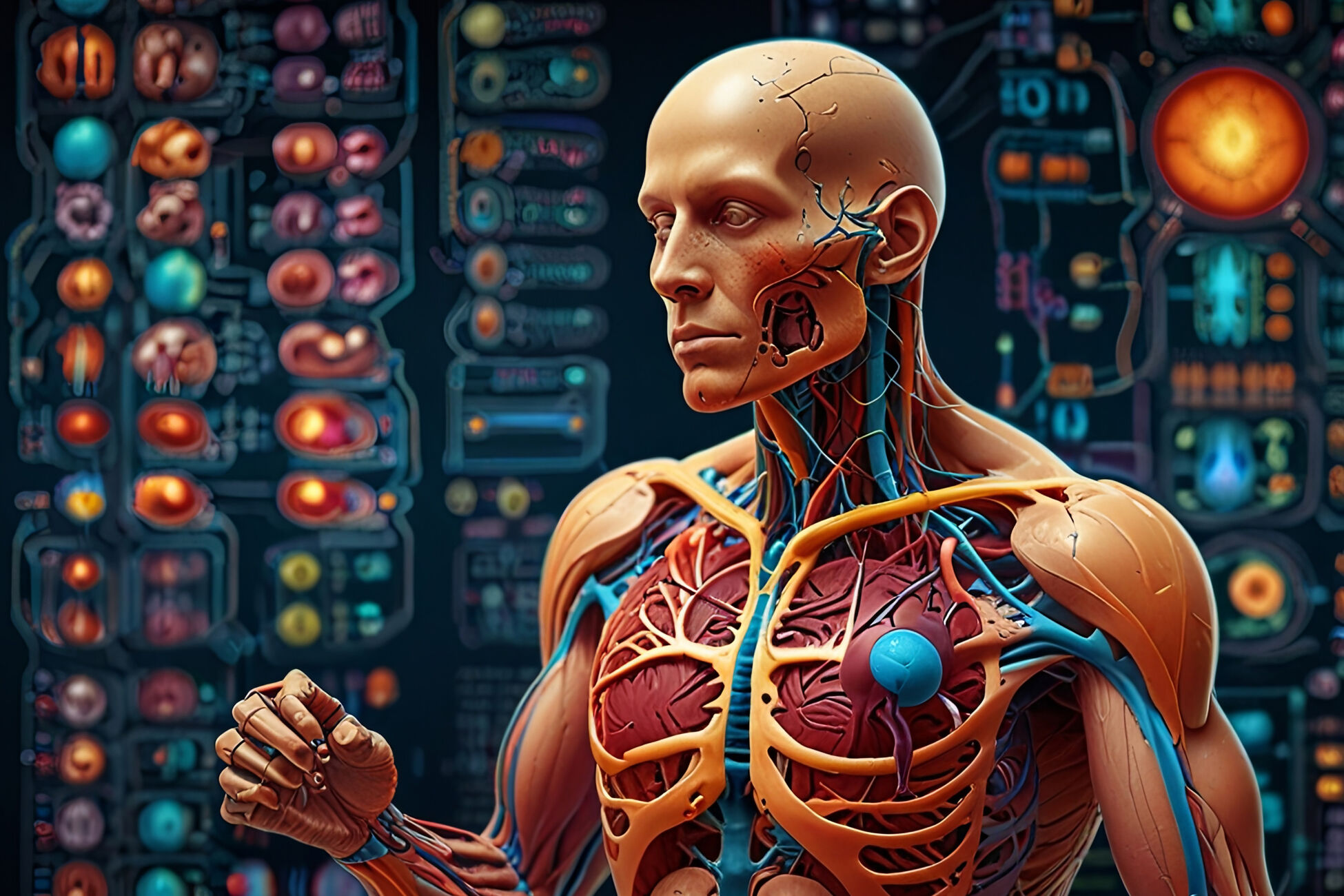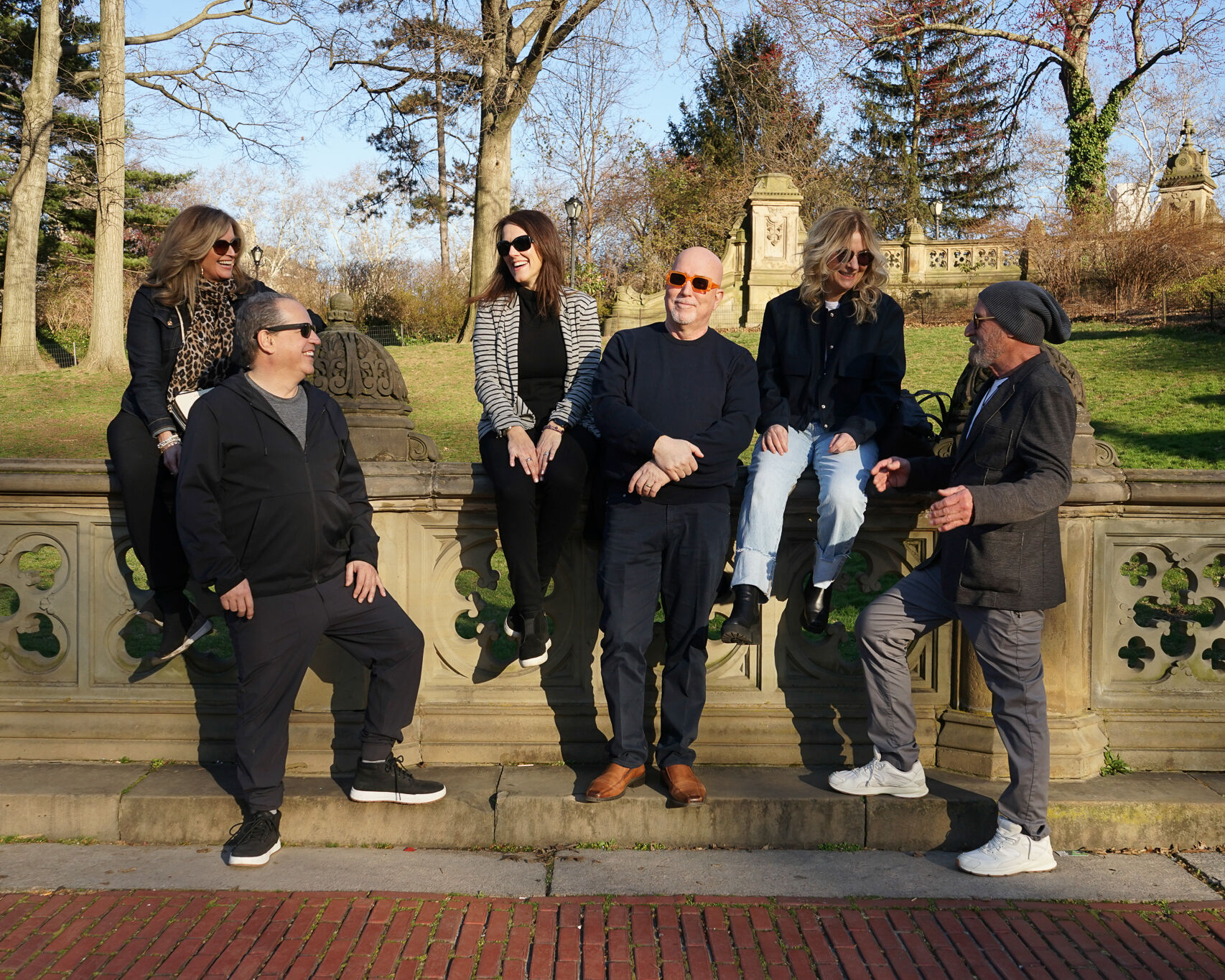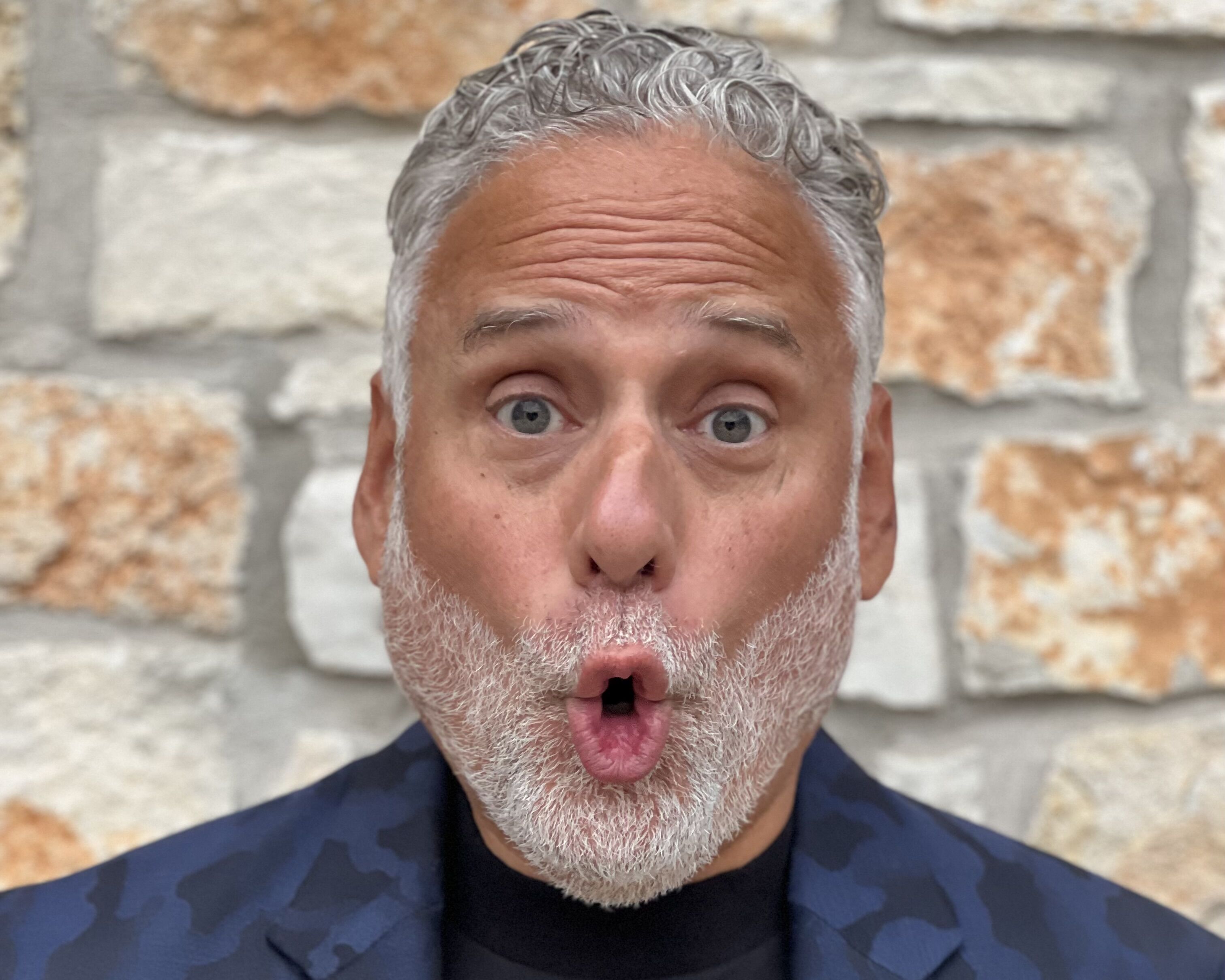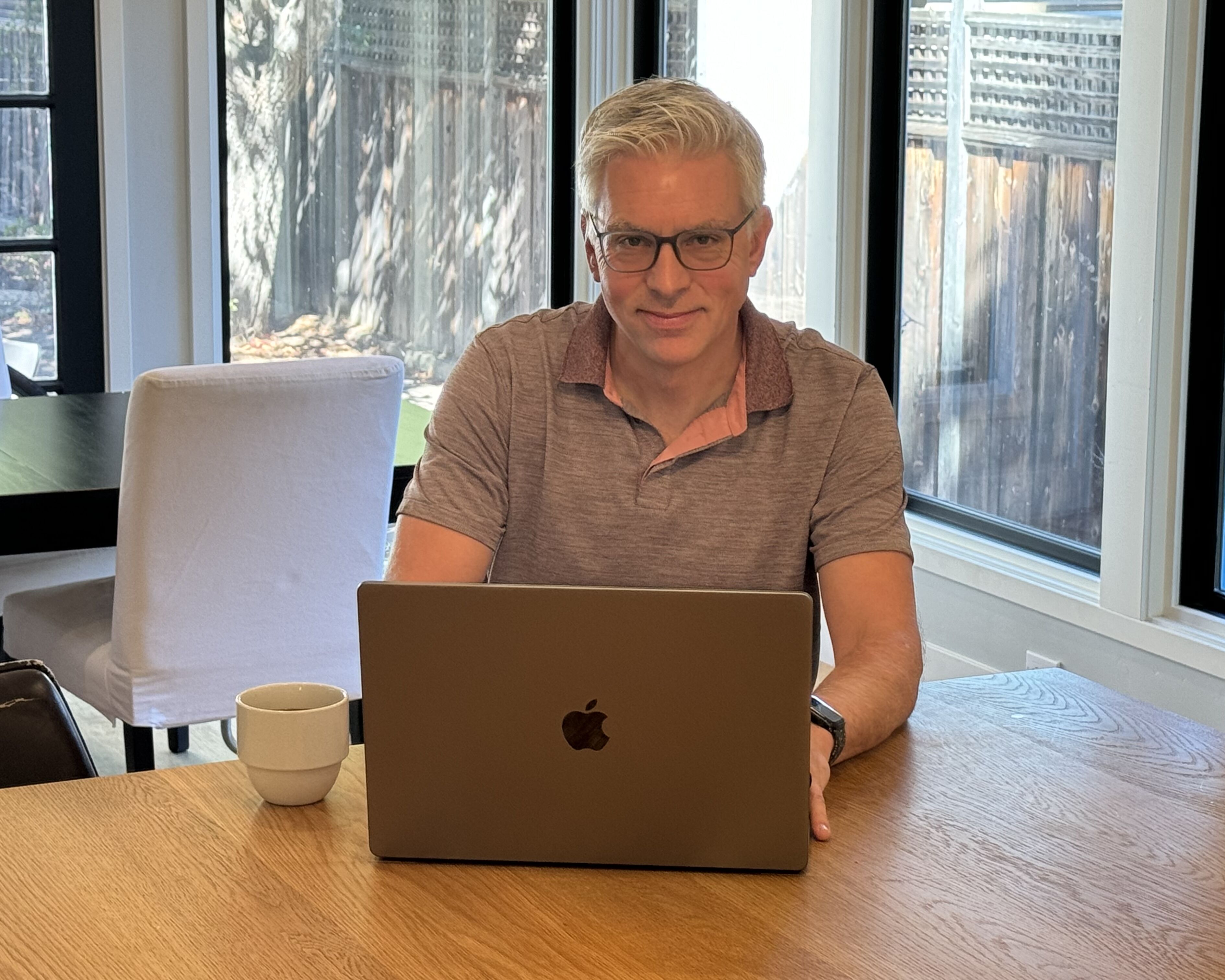
Abstract: A new research initiative to be carried out at The University of Texas at Arlington (UTA) will use “advanced imaging, genetics, exercise science, neuroscience, and remote monitoring to investigate age-related health decline.” Goals of the study include examining how aging impacts heart, brain and muscle health, identifying factors that promote healthy aging, and determining how social, physical, economic, psychological and behavioral factors affect. Upwards of 600 volunteers will be involved.
How do we age? UTA researchers plan to find out
Researchers at The University of Texas at Arlington (UTA) have embarked on a mission to determine what impact where a person lives, what they eat and the type of friends they keep has on that individual’s overall aging process.
Proving that research methods have indeed progressed, a UTA release issued last month indicated that the Arlington Study of Healthy Aging (ASHA) “will use advanced imaging, genetics, exercise science, neuroscience, and remote monitoring to investigate age-related health decline.”
A fully encompassing approach to study aging
Led by Michael Nelson, director of UTA’s Center for Healthy Living and Longevity, goals of the study are as follows:
- Examine how aging impacts heart, brain and muscle health and to identify factors that promote healthy aging.
Determine how social, physical, economic, psychological and behavioral factors affect aging. - Evaluate how ethnicity/race and sex affect the aging processes.
- Train the next generation of health professionals and research scientists in impactful research that will advance scientific understanding to prevent, slow down or stop aging-associated issues in older adults.
“What is unique about (it) is that we are focusing on the entire individuals,” said Michael Nelson, lead investigator and who also is in charge of the university’s new Clinical Imaging Research Center (CIRC), site of where the imaging studies will be conducted.
“Other studies tend to focus on very specific parts of the body, like the brain or the blood vessels. But we are taking a fully encompassing approach – looking across the entire body from head to toe.”
Nelson and his team are hoping to sign up 600 volunteers between the ages of 50 and 80. Each person, the release states, “will participate in two days of testing at UTA. On the first day, they will receive a full-body MRI, including images of the brain, heart and skeletal muscle. On the second day, the team will study how the blood vessels are functioning, memory, and physical performance, and draw a small blood sample.”

Volunteers learn about Health and Wellness as participants
In addition to helping to advance science, volunteering for a study like this is a great way to learn about your health and wellness, he added. The study itself will take upwards of four years to complete at which point faculty, staff and UTA students will start analyzing the data.
Jon Weidanz, senior associate vice president for research and innovation at a UTA and a co-investigator on the study, said “what is really exciting about this project is that it provides a vehicle for cross-disciplinary collaboration.
“While our core investigative team is made up of members from multiple departments on campus, including kinesiology, psychology, social work, nursing and bioengineering, we expect broad participation from across UTA, with partnerships forming in fields like math, business, computer science and biology.”
Meanwhile, the study, the release stated, will generate thousands of anonymized data points, providing valuable insights for future researchers for decades to come.
“In addition to the volunteers who donate their time to the project, the long-term success of ASHA will be due to the hard work and dedication of all the co-investigators, research scientists, support staff, graduate students, and undergraduate research assistants,” Nelson said. “It truly takes a village to put together a project of this scale.”

Share this Article!
More Articles




